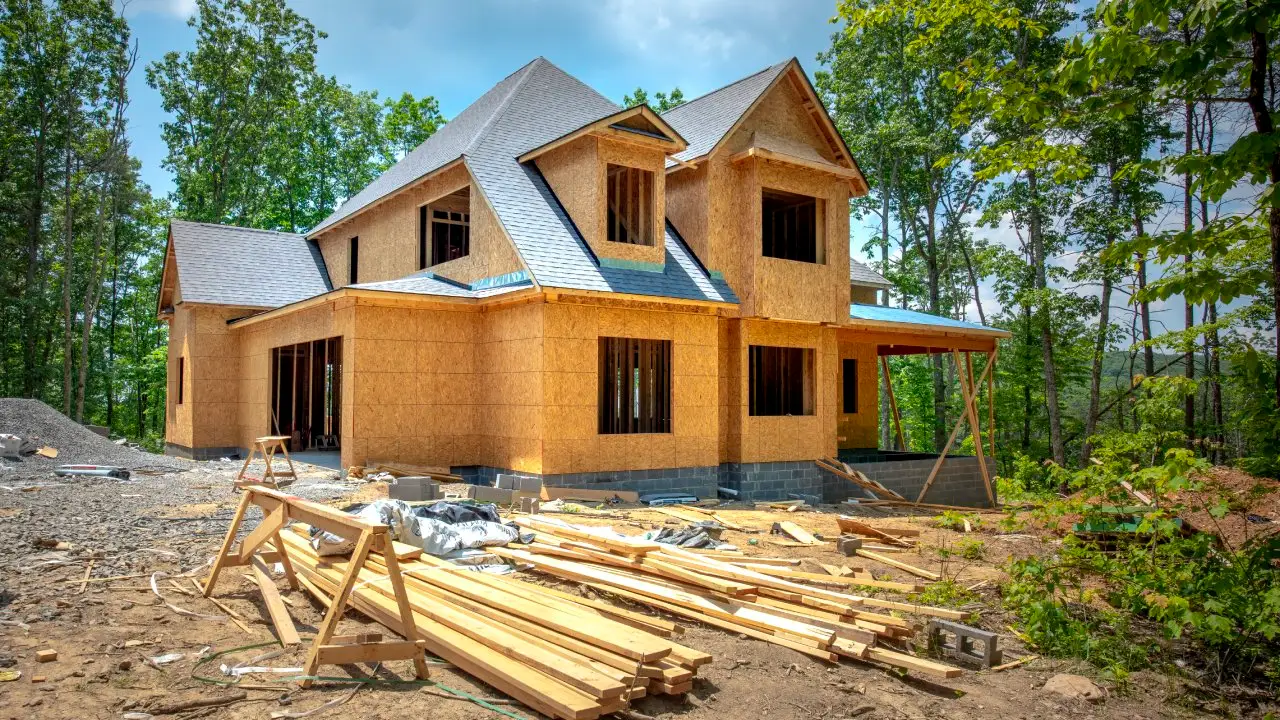Today, the California Energy Commission voted to approve an update for the Building Energy Efficiency Standards for 2019 which are next likely to be approved by the California Building Commission. This significant change makes it mandatory for all new homes to be built with solar panels as of January 1, 2020. Although some cities (San Francisco, Lancaster and Santa Monica) already made this a requirement, currently only 15-20% of new homes are built with solar panels installed. California is the first state to require this type of commitment to solar technology, and therefore the range of impact on the building industry is not yet entirely ascertainable.
The cost to actually install solar on a new home during construction is not extravagant, but fully complying with the code, through the use of storage battery installation, updated insulation mandates, and ensuring the proper square footage of panels to roof space may end up costing much more than current projections. Although larger commercial projects are not currently covered, the plan that lead to this solar overhaul, originally introduced in 2007, called for residential building to be regulated in 2020 and commercial buildings in 2030. This means more changes are likely on the way, and builders will need to become extremely familiar with the ever-changing building codes and the Building Energy Efficiency Standards which get incorporated into them.
Solar installation is often a weak point in the building envelope, and can lead to leaks and damage, especially if not properly installed on a roof. This new mandate, which will roll out in less than two years will immediately increase the demand for installers and could lead to installers without the proper experience taking advantage of the increased need. As with all projects, Owners, Developers, and General Contractors will need to very closely monitor the subcontractors that are hired to install roofing and solar product on their projects in order to ensure that there are no defects that could lead to damage, but also that they are in full compliance with the code updates as it continues to change.




